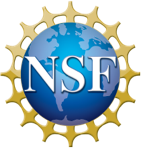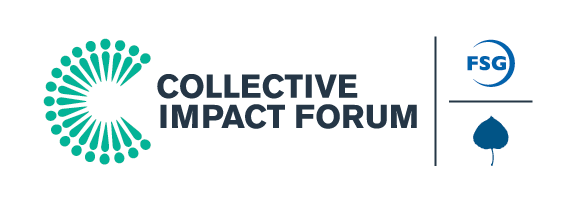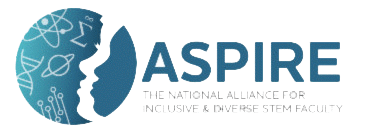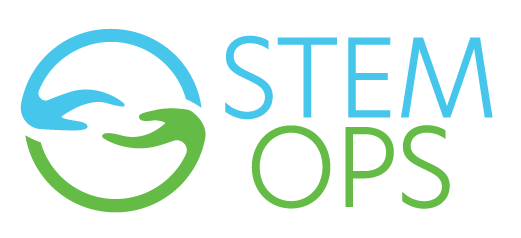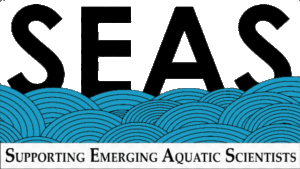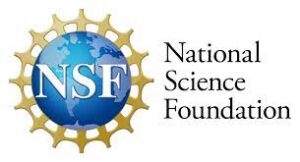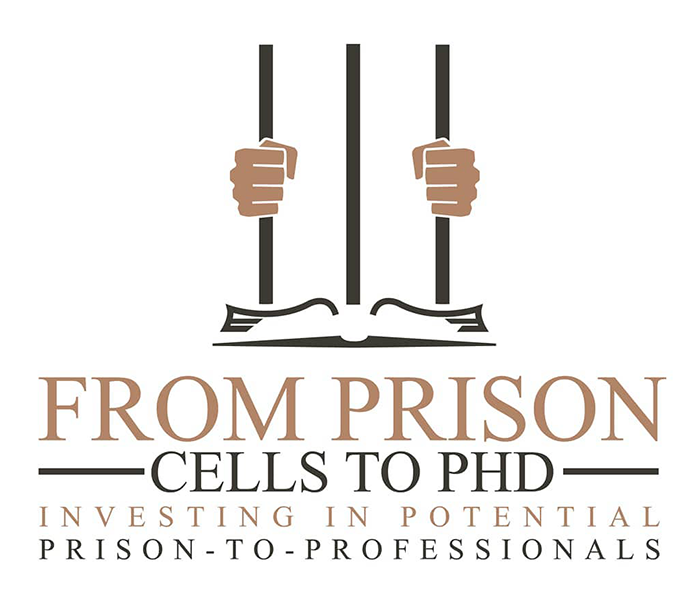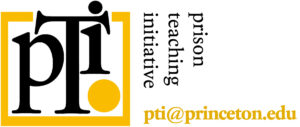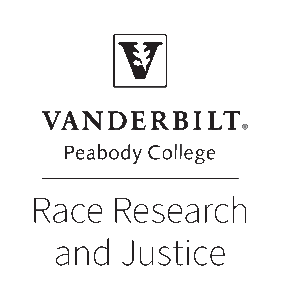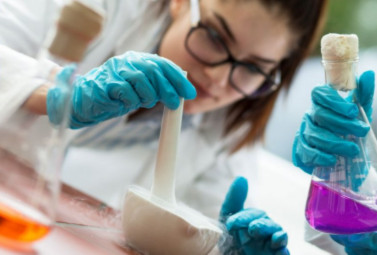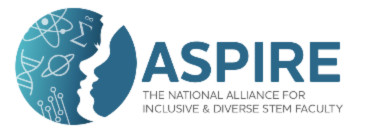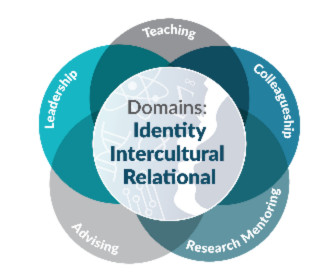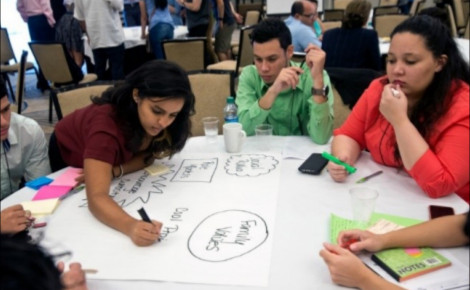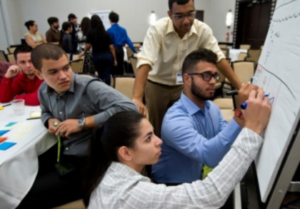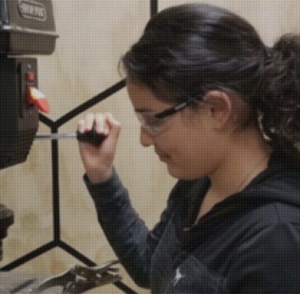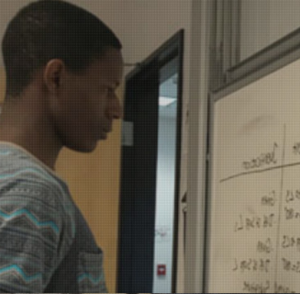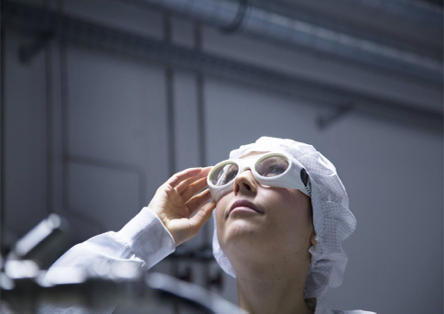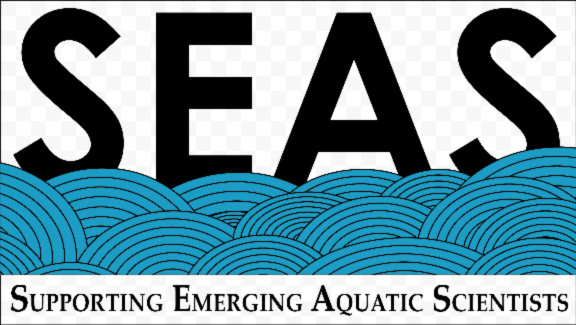Collective
Impact
STEM-OPS is dedicated to bringing people together to build social
change out of collective impact.
What is Collective Impact?
The 5 Big Ideas


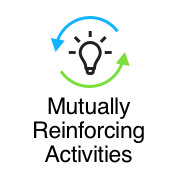


Everyone agrees on the problem and the main focal areas for change.
Everyone agrees on what things will show that progress is being made, and they share these data.
Different people take different but related actions, but everyone is working toward the same goal.
Everyone stays in touch so they stay on the same page and keep the energy going.
There are key people whose job it is to help keep the work going smoothly.
Source: John Kania and Mark Kramer, “Collective Impact,” Stanford Social Innovation Review, Winter 2011.
NSF INCLUDES Program and Collective Impact
STEM-OPS is of one of eight NSF INCLUDES Alliances.

NSF INCLUDES sees collective impact as an important way to include different kinds of people in solving system-wide problems.
The NSF INCLUDES Big Idea is a national plan to strengthen U.S. leadership in
STEM by building diversity, inclusion, and more participation. NSF INCLUDES aims for STEM groups to work together to make a STEM workforce that is more like the overall U.S. population.
The NSF INCLUDES National Network is open to all people and
organizations who want to build a diverse STEM workforce, prioritizing
those who have not had access before. This network has eight alliances
targeting specific underrepresented groups.
